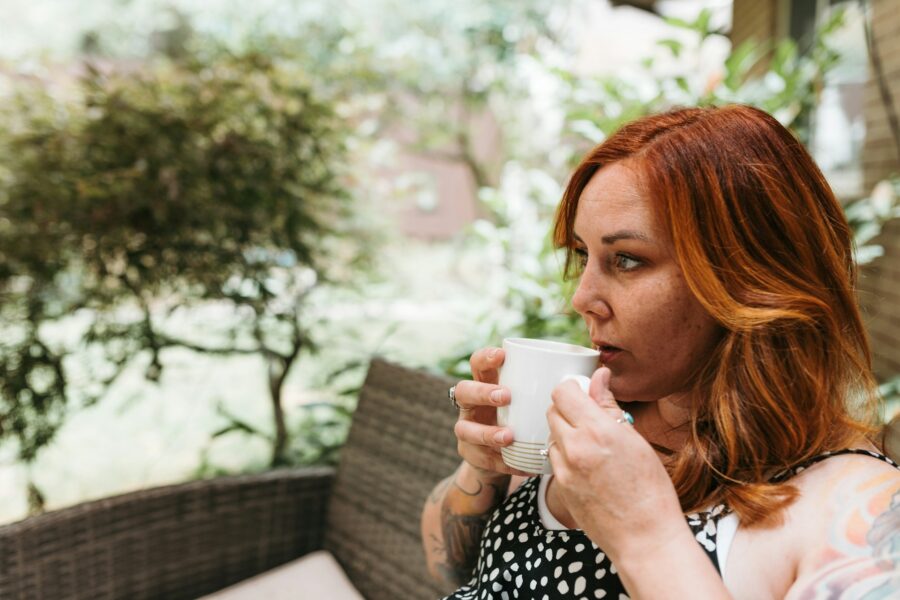Coping and healing can look similar on the outside—staying afloat, functioning, getting through the day.
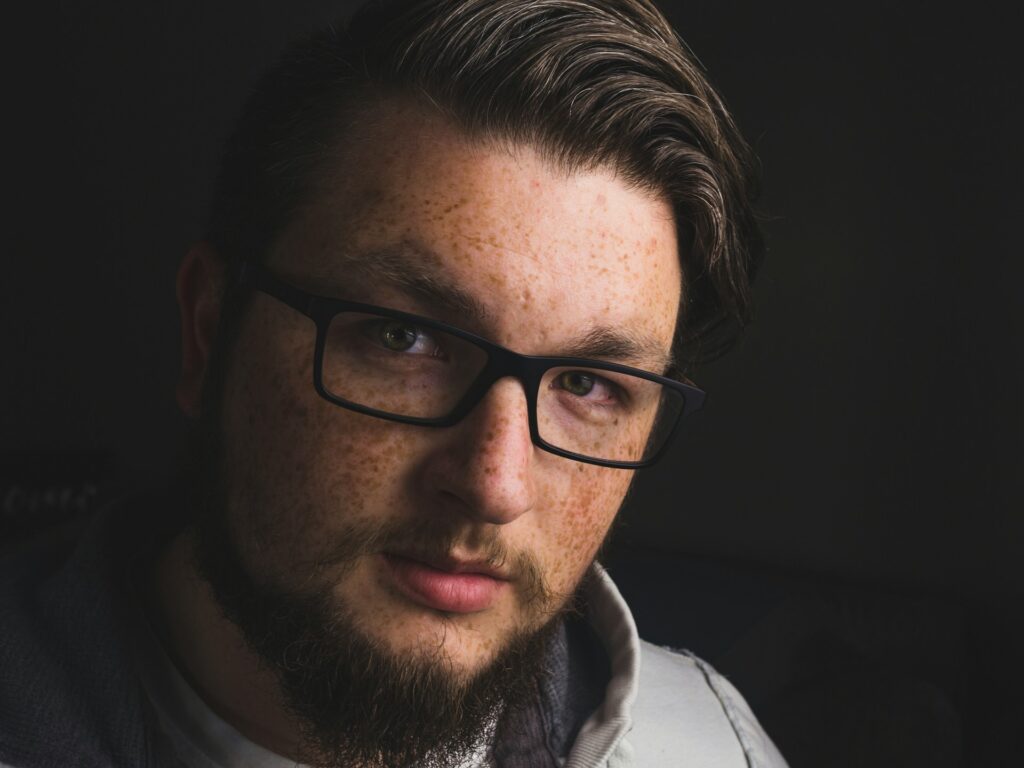
However, deep down, they feel very different. Coping is survival. It keeps you going when things are too heavy to fix. Healing, on the other hand, creates space to actually change and soften what’s underneath. Both are necessary, but if you’ve been stuck in coping mode for a while, here’s how to tell whether you’re just managing, or genuinely beginning to move toward something lighter.
1. Coping helps you get through the day. Healing helps you understand why it feels heavy in the first place.

Coping says: “Let’s make it to bedtime.” It focuses on immediate comfort, distraction, or regulation. Healing asks: “What’s making life feel like this?” It’s slower, deeper, and doesn’t always offer relief right away, but it gets closer to the root. When you’re coping, your tools help you manage the weight. When you’re healing, those same tools help you unpack it.
2. Coping often avoids the hard feelings. Healing makes space for them.

Coping tends to work around discomfort. It soothes, numbs, or distracts. That’s not bad—it can be life-saving. Still, healing involves turning toward what hurts with curiosity instead of fear. When you’re healing, you stop seeing your feelings as threats and start treating them like messages. You let them come up, even when it’s inconvenient or raw.
3. Coping is reactive. Healing is intentional.
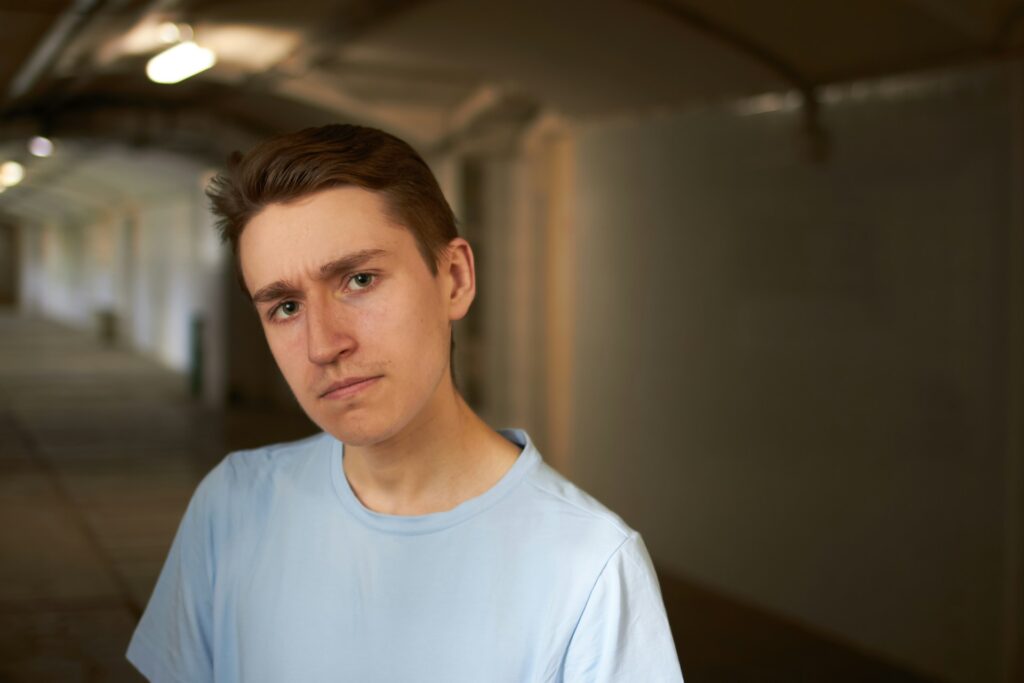
Coping usually kicks in when you’re overwhelmed—panic mode, burnout, grief, anxiety. It’s instinctual. Healing, on the other hand, is something you choose. It takes slowing down, asking questions, and doing things that don’t always offer instant comfort. You know you’re healing when your responses feel more grounded, not just automatic. It’s less about “just get through this” and more about “what would actually help long-term?”
4. Coping keeps you from falling apart. Healing helps you rebuild.

There’s strength in coping. It holds everything together when it’s on the verge of collapse. However, it rarely changes the structure—it just stops things from breaking further. Healing gently starts to take those pieces and put them back differently. It’s the change from “keep going” to “what needs to be rebuilt so this doesn’t break again?”
5. Coping usually protects the wound. Healing slowly opens it.

Coping is like putting a bandage over something tender—you don’t want to poke it. You avoid certain topics, places, or memories. Of course, healing means revisiting what hurt you with more support, more understanding, and a lot more care. You don’t rip it open, but you do stop pretending it isn’t there. Healing says: this deserves attention, not avoidance.
6. Coping can feel repetitive. Healing often feels uncomfortable in a new way.

When you’re stuck in coping, your days start to blur. You’re managing, but nothing’s really changing. Healing, even in small doses, brings discomfort with it—but also movement. You feel the difference, even when it’s messy. It’s not always linear, but there’s a change in tone: less autopilot, more awareness. Less surviving, more questioning.
7. Coping might help you function. Healing helps you feel more like yourself.

You can be coping and still seem fine—doing your job, smiling, going through the motions. However, healing touches the core of you. It brings back parts you thought you lost: joy, trust, curiosity, even silliness. When you’re healing, you don’t just “do okay”—you start feeling like you again, in ways that don’t rely on constant effort.
8. Coping often hides your truth. Healing encourages you to speak it.

Coping sometimes means staying quiet—saying “I’m fine” when you’re not, avoiding real conversations, or pretending it doesn’t bother you. Healing starts with honesty. Even if it’s just with yourself at first. You know you’re healing when your words start matching what you feel. When you say what’s real, not just what’s safe.
9. Coping relies on control. Healing invites softness.

Coping can be rigid—strict routines, control over your space, careful emotional boundaries. That can be necessary. But healing lets you relax a little. You start trusting that you can handle life without clinging to every single control measure. There’s a little more breath, a little more grace. Less “keep it together” and more “it’s okay if it falls apart sometimes.”
10. Coping keeps the world manageable. Healing makes it feel more open again.

When you’re in coping mode, everything gets smaller—your comfort zone, your social life, your risk tolerance. That’s not weakness, it’s protection. The thing is, healing gently invites you to re-enter life with more curiosity than fear. You say yes to small things again. You start imagining a future that doesn’t just feel survivable, but maybe even good.
11. Coping is about staying afloat. Healing is about learning to swim.
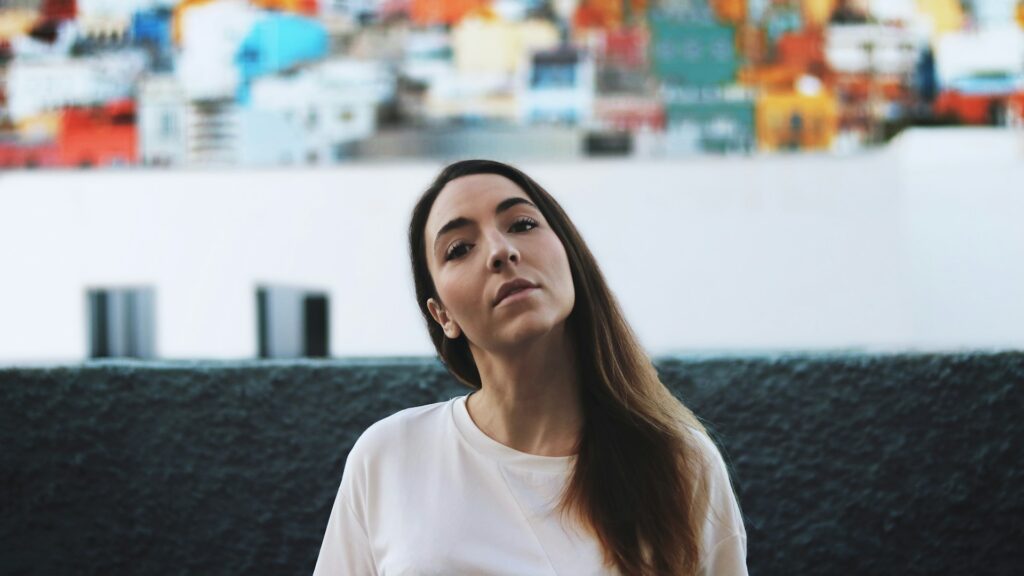
You cope when you’re in deep water and just trying not to go under. You heal when you start moving intentionally—learning your own rhythm, trusting your strokes, even when the waves are still there. It doesn’t mean it’s easy, but it means you’ve moved from panic to presence. From clinging to learning.
12. Coping uses tools to get by. Healing uses them to grow.
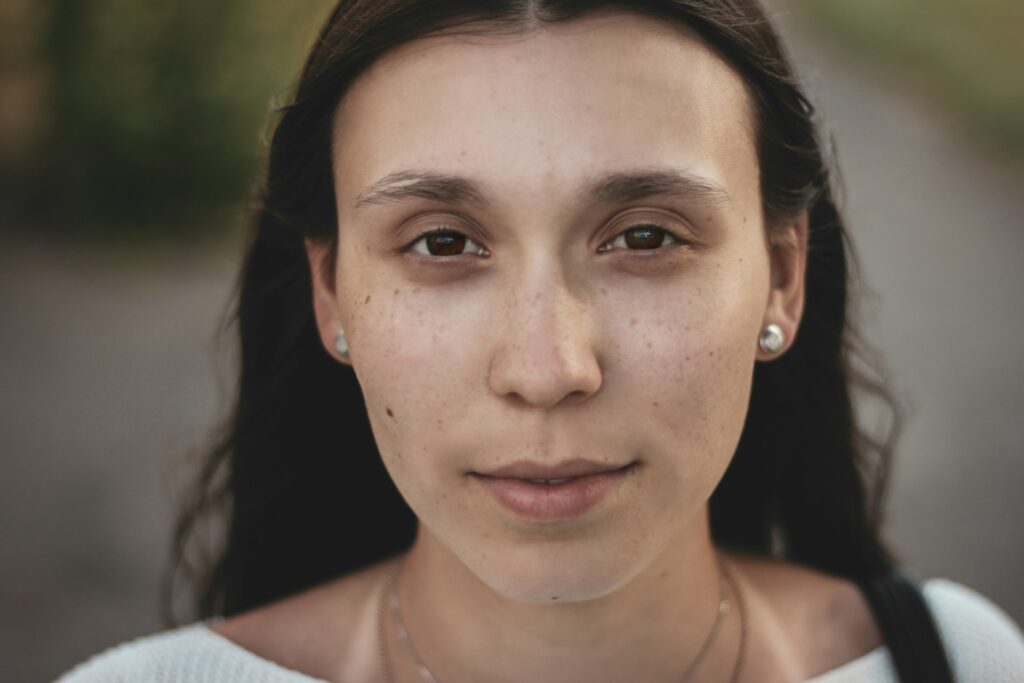
The same tools—journaling, boundaries, therapy, mindfulness—can be used for both coping and healing. The difference is in intention. Are you trying to numb the pain or understand it? Are you pushing it down or giving it space to breathe? When the tools stop being a shield and start becoming a bridge, that’s when healing really begins.
13. Coping can make you feel stuck. Healing makes you feel in motion, even when it’s slow.

It’s not about being “cured.” Healing can still feel heavy, but there’s a difference between standing in quicksand and walking through fog. One traps you. The other lets you keep going, even if the way forward isn’t clear yet. Even tiny changes—new thoughts, new habits, new ways of being gentle with yourself—are signs you’ve moved into healing territory.
14. Coping keeps your heart safe. Healing lets it reopen.

There’s a reason you closed off. Maybe it was betrayal, burnout, loss. Coping helped you survive that pain. But healing makes space for your heart to soften again—not all at once, not recklessly, but enough to feel again. That’s where life starts to feel possible again. Not perfect. Just possible. Which, after a long time in survival mode, is everything.

